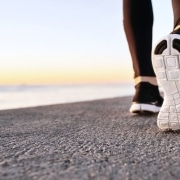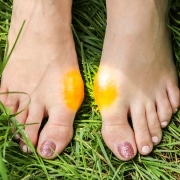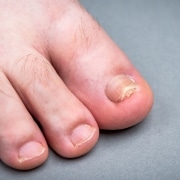What to Look For in a Running Shoe
Running can be a great way to stay in shape. But if you are wearing the wrong kind of running shoes, the act of running can cause more harm than good. Whether you’re a daily runner, a professional athlete or you just run for fun every now and then, make sure you select the best running shoes for your needs.
Consider Your Specific Foot Needs
Your Austin, TX podiatrist can help you when it comes to choosing running shoes. Everyone has a unique foot shape, when it comes to arches. Find out from your podiatrist if you have high arches, neutral arches or flat feet. Your podiatrist can also tell you if you have supination when you step, or overpronation. The podiatrist will explain how each of these affect your gait and how it will influence which running shoes you purchase.
Avoid Trends
Trendy running shoes aren’t usually the best. For instance, shoes with individual toe sections might look cool, but they force the feet into an unnatural position that could cause pain or even harm over the long-term.
Go Bigger
Select a running shoe in a half size larger than your standard shoe size. You’ll want to wear thicker socks when you run, and the extra room will keep your feet from being pinched when they swell after exertion.
Rubber Soles are Best
Stay away from plastic soles. They won’t absorb enough shock when you hit the pavement. Instead, choose shock absorbent rubber soles.
Use Running-Designated Shoes
Quality athletic shoes are made specifically for specific movements. For instance, tennis shoes are made for foot movements that are back and forth, from side to side. Running shoes are made to support the arch and absorb shock. Make you choose shoes specifically made for running, and not a general, “multi-sport” shoe.
When you’re ready to invest in a good pair of running shoes, talk to your podiatrist in Austin, TX for recommendations.








